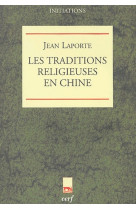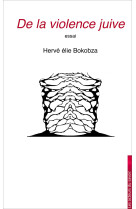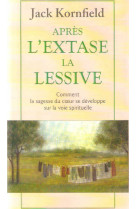--
Faced with the irreparable severance of death, what rites, practices and representations - material and symbolic - did the Judeans elaborate? In what respect do they form a part of a Middle-Eastern cultural ensemble? In what ways do they differ? Can a death-system be updated? The dead are buried as members of a clan in collective ancestral tombs, hewed out of the rock. The primary burial is later followed by a second. How should we understand this practice? Moreover, the Judeans are placed in their tomb accompanied by many objects that bear witness to their everyday lives. What purpose did the viaticum serve? Lastly, beyond death, the intense desire for perpetuity takes over. How is it expressed and what does it signify? How do past and present interact? This book offers answers to many such questions in a perspective of comparative anthropology.






